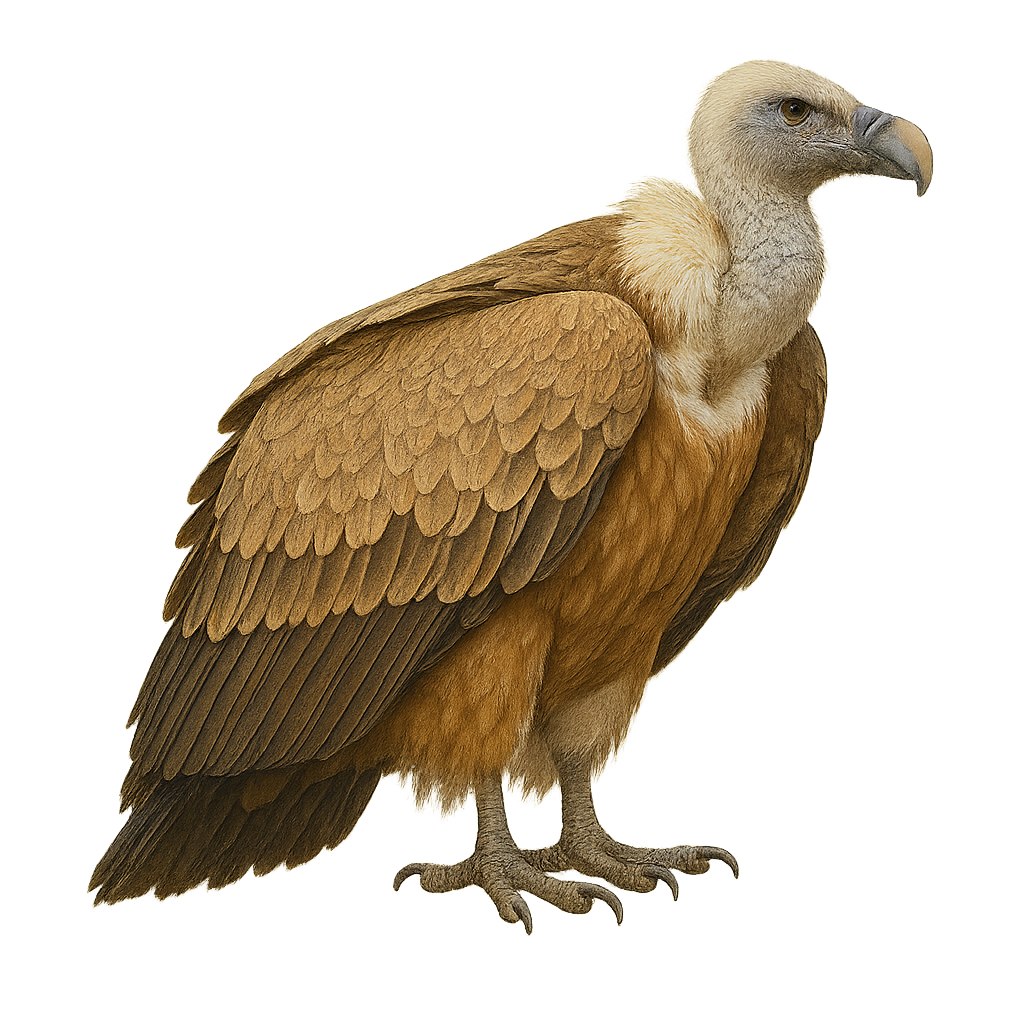Your wildlife photography guide.
Explore the griffon vulture in detail, study its behavior, prepare your shots.
Where to observe and photograph the griffon vulture in the wild
Learn where and when to spot the griffon vulture in the wild, how to identify the species based on distinctive features, and what natural environments it inhabits. The WildlifePhotographer app offers tailored photography tips that reflect the griffon vulture’s behavior, helping you capture better wildlife images. Explore the full species profile for key information including description, habitat, active periods, and approach techniques.
Griffon Vulture
Scientific name: Gyps fulvus

IUCN Status: Near Threatened
Family: ACCIPITRIDAE
Group: Birds
Sensitivity to human approach: Shy
Minimum approach distance: 10 m
Courtship display: December to February
Incubation: 50-58 jours
Hatchings: February to March
Habitat:
Mountains, cliffs
Activity period :
Primarily active during the day, with peak activity in the morning and late afternoon.
Identification and description:
The Griffon Vulture is a large bird of prey found primarily in the mountains, hills, and rocky areas of Europe, Asia, and North Africa. It typically measures between 93 and 110 cm in length, with a wingspan of 2.5 to 2.8 meters, and weighs between 6 and 12 kg. Its plumage is mainly light brown, with white feathers around its neck and head, and a large area of bare skin on the neck. The Griffon Vulture is a scavenger, primarily feeding on animal carcasses. It plays a crucial role in the ecosystem by cleaning up carcasses and preventing the spread of diseases. While its population has declined in some regions, the Griffon Vulture benefits from conservation programs, but it remains threatened by habitat loss, illegal hunting, and poisoning.
Recommended lens:
300 mm – adjust based on distance, desired framing (portrait or habitat), and approach conditions.
Photography tips:
Use a telephoto lens to photograph from a distance, respecting the discreet nature of the species.
Photograph early in the morning or late in the afternoon, when the soft light enhances the plumage of the griffon vulture.
Look for it in rocky habitats such as cliffs, gorges, and mountains, where it typically nests between 200 and 1,600 meters in altitude.
Be patient and discreet to avoid disturbing its natural behavior. Avoid sudden movements and maintain silence.
The Griffon Vulture is a protected species. Intentional disturbance of the birds, especially during the breeding season, is prohibited and may result in legal penalties, including fines and imprisonment. It is essential to respect its environment and minimize disruptions.
The WildlifePhotographer App is coming soon!
Be the first to explore the best nature spots, track rutting seasons, log your observations, and observe more wildlife.
Already 1 439 wildlife lovers subscribed worldwide

